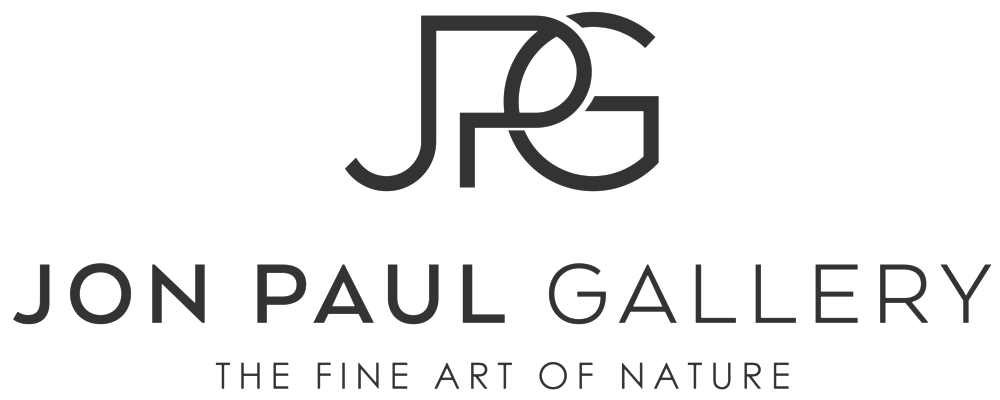“Eternal Light”, Antelope Canyon, Page, Arizona
As times have changed, memories of an early trip I took to Page Arizona flow into my mind. This year, due to overcrowding and degradation of visitor experiences, photographic tours of Antelope Canyon have been eliminated. You can still visit, but the tours are now a moving guided walk without the ability to bring tripods or clear the crowds for a photo. When in Antelope Canyon many years ago, my Native American guide showed a few of us through the canyon and then let us go. I had the canyon (almost) to myself for several hours. It was one of my first photography specific trips away from the mountains of Lake Tahoe where I was shooting exclusively large format film. The experience was surreal.
I wandered in this foreign landscape mesmerized by the sensual forms and magic light. This was 180 degrees in the opposite direction of the traditional grand landscape I was accustomed to working with. I let myself go, relaxed, and composed. At the time I was working with a 50 year old 4x5 inch press camera and just two modern lenses. Contrary to todays digital mode of rushing around to capture as many pictures as possible, my large format camera forced (enabled) me to slow down and carefully compose thoughtful images. I had the time and space to let the emotion of this experience guide me through the artistic process. I wandered, followed the lead of what captured my attention, set up my big camera and, with only two focal lengths of lenses, composed. I was in a foreign environment viewing a new subject. It was beautiful, exciting, challenging and inspiring. It was all about the experience.
Let Jon customize a photo excursion just for you!
Doing large format photography kept me in one place longer than I otherwise might have stayed. I observed every small detail. The layers of sandstone, the overlapping fins of stone, the small rocks eroding through the walls, the light, entering the canyon from above and turning each section of canyon a different color. I also remember the silence, broken only by the wing beats of a raven flying above. This was an amazingly powerful experience. One I was fortunate enough to enjoy and capture on a few big sheets of film. Now, all these years later when the experience is no longer repeatable, I can share it in grand scale in the form of fine gallery prints.
That is, “The Fine Art of Nature”.
Please leave a comment and share your impressions or ask a question.
Yes, I want to do a photo workshop / tour with Jon Paul!
Collectors Tip: While reds and oranges can be strong, they can also be earth tones. This new image, “Eternal Light”, can be framed in a very contemporary way, say with black lacquer, or very traditional, using a southwestern style frame. Of course, it would look great printed on aluminum and simply float mounted with no frame at all. A little creative finishing to match your style, and this piece (any piece) can work in any style home. Most importantly, how you finish a piece you love enables you to enjoy that piece every day.
Note: My partners at Marcus Ashley Gallery are framing experts as well. You can work with them from start to finish and end up with the perfect piece of art for your space.
If you’d like to improve your images captured with Provia 100F film,
get my FREE Provia 100F Cheat Sheet
Photographers Tip: When exposing transparency film in contrasty places like a slot canyon, I use my spot meter and capture readings from both the brightest highlight and the darkest shadow. I then average the two readings. Next I look at the exposure range between the highlight and shadow. If the difference between the two is pushing the assumed capacity of the film (usually a 5 stop range), I lean toward saving the highlights. This means I might make an exposure that is 2-stops over (longer than) my highlight reading, and maybe 3-stops under (shorter than) my shadow reading. With transparency film, when push comes to shove, I find it easier to recover shadow detail than highlight detail. Depending on the image, I often find it pleasing to have some true blacks in the scene. Especially with dramatic figurative work like this slot canyon image above. If you understand the film you use, you can make those creative choices in the field, instead of simply hoping it works out.
Take a private workshop / tour in your favorite season!
Would you like to go out in the field and look through the lens with me? Would you like to take your photography (film or digital) to the next level, capture a particular location with your camera or simply tour the locations of some of my most iconic images?
Details:
Camera: Super Speed Graphic 4x5 press Camera
Lens: 90mm
Film: Fuji Velvia 50 4x5 inch transparency film
Filter: N/A
Tripod: Gitzo 1325 Carbon Fiber
Tripod Head: Really Right Stuff BH55 Ball Head
If you’d like to improve your images captured with Provia 100F film,
get my FREE Provia 100F Cheat Sheet
DON'T MISS OUT ON WHAT I HAVE TO SHARE. HERE ARE SOME HELPFUL LINKS:
My FREE Fine Art of Nature Insider : https://www.jonpaulgallery.com/newsletter/
My website: https://www.jonpaulgallery.com/
Photography Workshops / Tours: https://www.jonpaulgallery.com/tours/
My Blog: https://www.jonpaulgallery.com/blog/
Subscribe to My YouTube Channel: https://goo.gl/dJXMUQ
